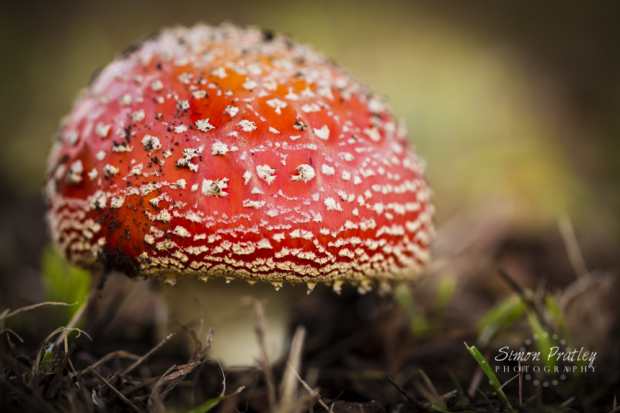
Photography is an art form that allows you to create images with the camera that your eye can’t recreate naturally. Light, distance and time can be manipulated to create images that look dreamlike. There are many different techniques that can help you achieve your creative goals. One of these techniques that is most satisfying and […]
Image Stabilisation or Vibration Reduction, is a mechanism used in many modern high end compact cameras, DSLR cameras and DSLR lenses to help in the reduction of camera shake. The natural pulse in the photographer’s hands when taking hand held photos in low light situations is usually what causes camera shake. The result is a […]
Photography is a static medium and differs from other modes of art such as video in that our image doesn’t move. However if we use our imagination, it is possible to give the illusion of movement in a photo. There are several techniques that can give this feeling, all of which require a longer exposure […]
Longer exposures allow the photographer to express movement in the final image. If the exposure is long enough, it can make for a creative shot.
There are three crucial components to creating every exposure… ISO, Aperture and Shutter Speed When taking a photo either in automatic or in full manual mode, there are three crucial components to creating every exposure. ISO, Shutter Speed and Aperture. Each component influences the other and reducing one component means increasing another. When using automatic, […]
 Part 1: ISO
Part 1: ISOISO (International Standards Organisation) refers to the amount of light that reaches the sensor of the camera. ISO on a digital camera is the same idea as ISO on film cameras. It is the film speed. ISO100 for bright situations, ISO400 for darker situations. The lower the ISO number the less sensitive the sensor is to light. Therefore the higher the number, the more sensitive the sensor.